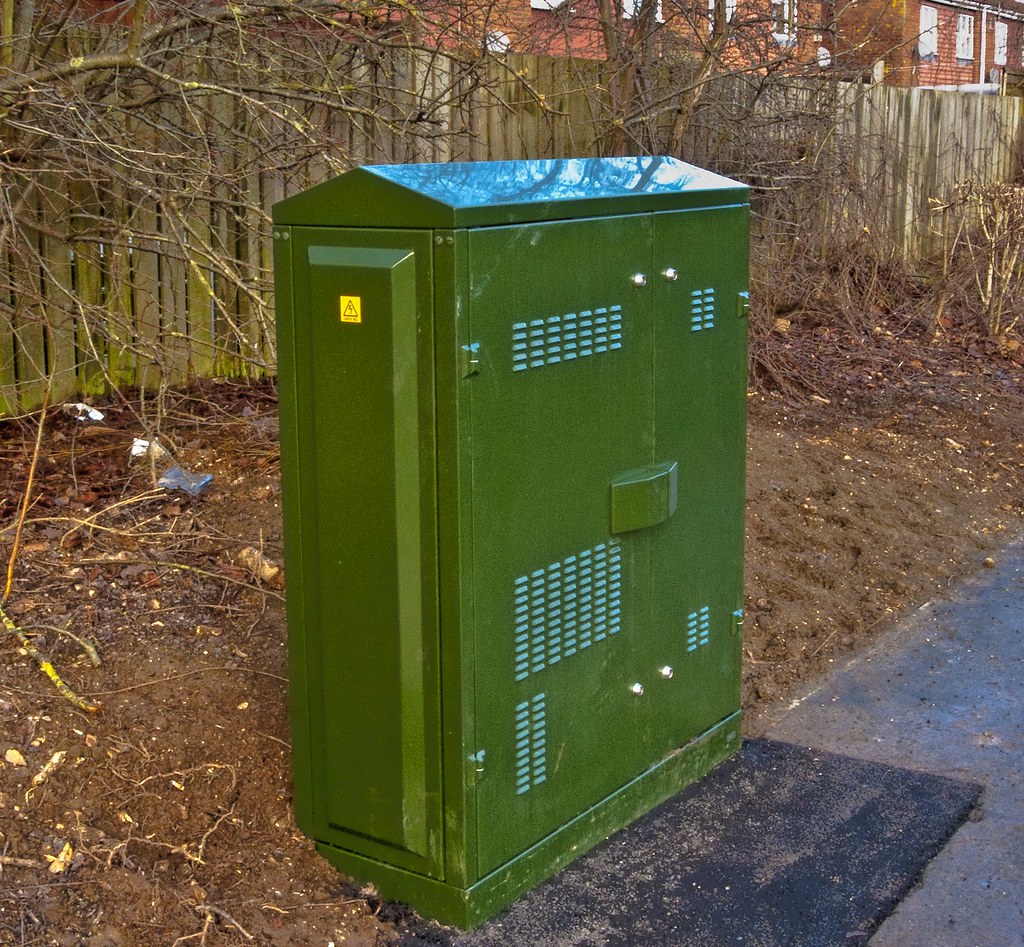BT converts 60,000 street cabinets into EV chargepoints
Up to 60,000 existing cabinets used on UK streets to store broadband and phone cabling could be used to charge electric vehicles (EVs).
They’re a familiar sight on streets across the country: dark green metal cabinets that contain copper-wire cables for phone and broadband services. Yet with the rollout of full-fibre connections, the tech contained in these cabinets is fast being superseded. As with the red telephone box that was once just as ubiquitous on our streets, many street cabinets have already reached the end of their usefulness… Haven’t they?
In fact, BT Group has announced ambitious plans to give this familiar street furniture a new lease of life.
A pilot programme launching in East Lothian in Scotland will convert existing street cabinets into EV chargepoints. If successful, BT plans to convert up to 60,000 cabinets across the whole of the UK.
The scheme has the potential to more than double the number of public-use chargepoints in the UK. As of November 2023, 53,029 have been installed – a long way short of the government’s commitment to install some 300,000 public-use chargepoints across the UK by 2030.
What’s more, the chargepoints are not evenly distributed. Most are in urban centres. Indeed, figures from Zapmap suggest that almost a third of all EV chargepoints in the UK are located in London. This, in turn, has a profound impact on the rates at which drivers convert from cars fuelled by petrol or diesel to cleaner, less polluting EVs.
A BT survey conducted in December found that 60% of those who drive petrol and diesel cars felt the provision of chargepoints was inadequate and 78% said lack of chargepoints was a barrier to buying an EV. It seems the government also has reservations about meeting demand for chargepoints: in September, Prime Minister Rishi Sunak delayed plans to ban the sale of new petrol and diesel cars.
The BT scheme means many more chargepoints and quickly, because it exploits existing infrastructure which is already connected to a power source. Cabinets are also distributed across the country rather than in urban clusters.
Street cabinets still being used to provide copper-wire broadband to individual households and cabinets that have been decommissioned can be used to charge EVs.
Those that currently still supply broadband services also have a battery back-up, so that service should not be disrupted by conversion to EV charging. As rollout of full-fibre continues, and these copper-wire services are no longer needed, that equipment can be removed from the cabinet and recyled, leaving space for further chargepoints to be added.
Tom Guy, CEO of Etc., the start-up and digital incubation arm at BT Group, says: ‘Our new charging solution is a huge step in bringing EV charging kerbside and exploring how we can address key barriers customers are currently facing. Working closely with local councils in Scotland and more widely across the UK, we are at a critical stage of our journey in tackling a very real customer problem that sits at the heart of our wider purpose to connect for good.
‘This is a key step in our mission to build products and services right now that work for the future, with positive transformation at the heart.’
The pilot scheme for converting street cabinets will be extended to other parts of the UK over coming months.
In related news:














Leave a Reply